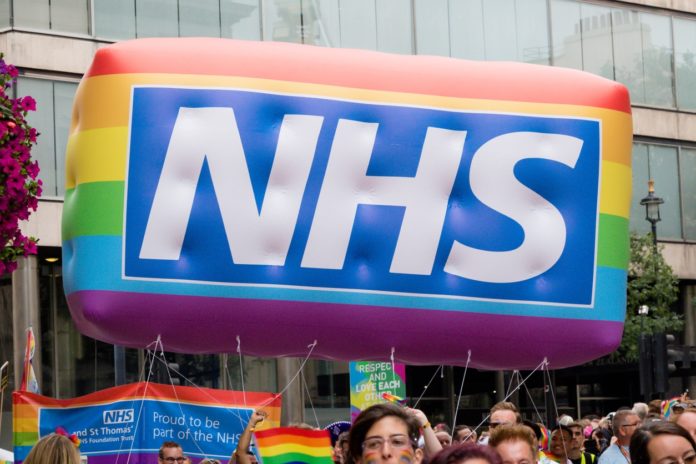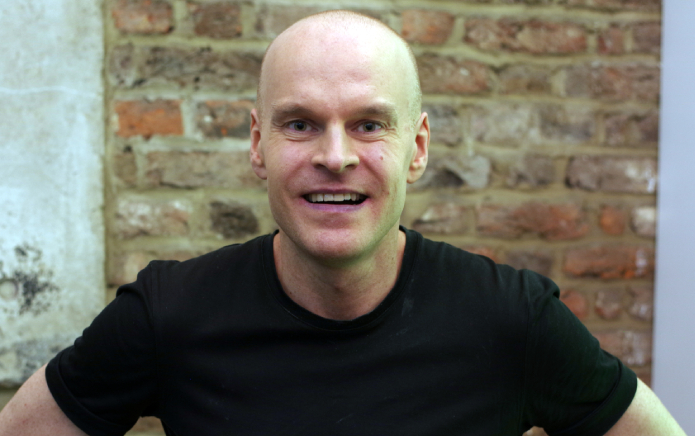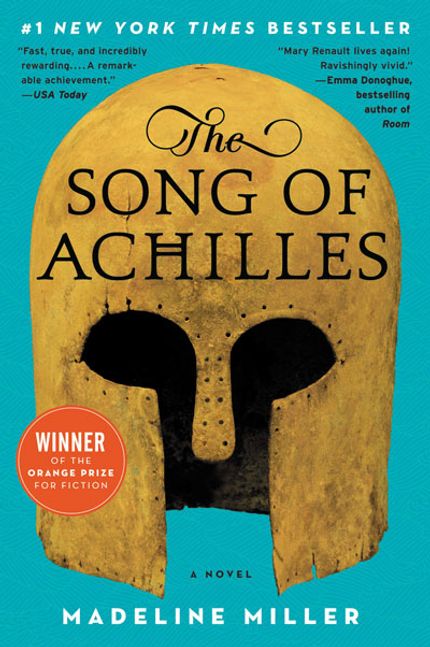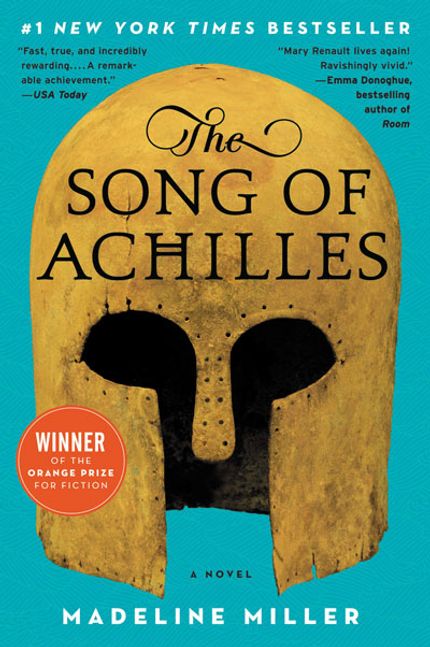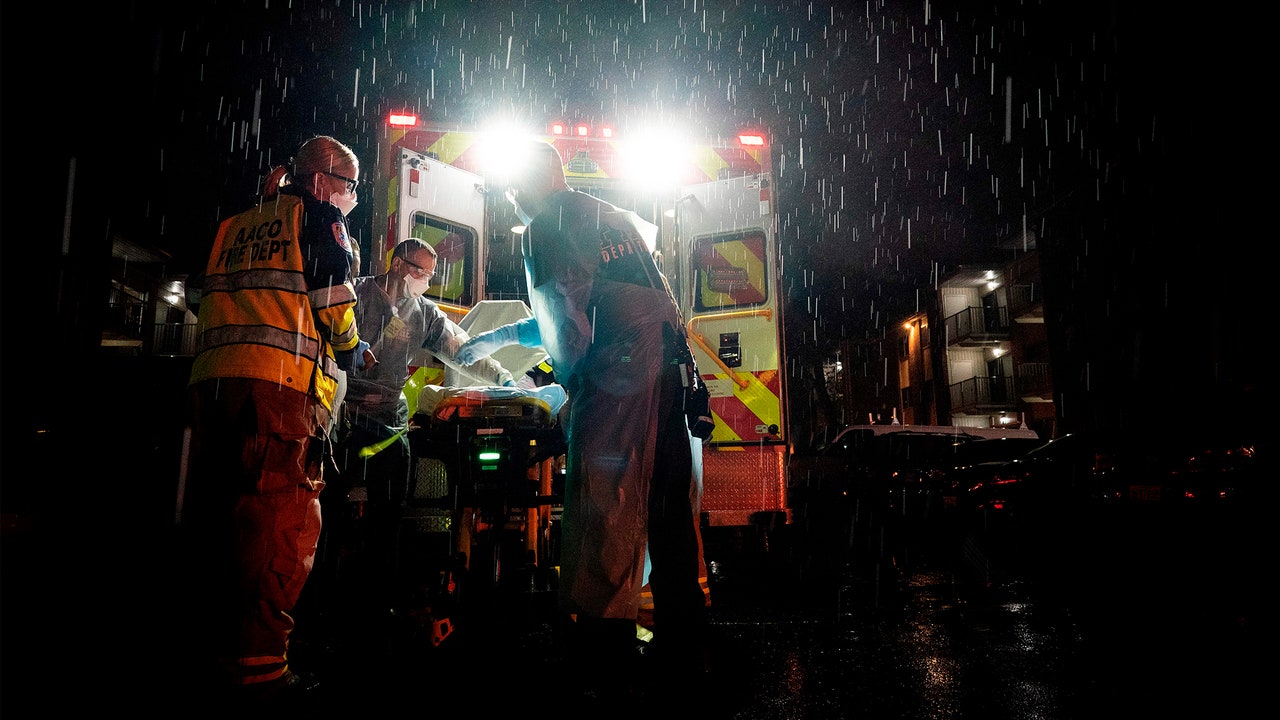
Glossary A-Z
Ally – Allyship
Authentic vs Performative
An ally is any person that actively promotes and aspires to advance the culture of inclusion through intentional, positive and conscious efforts that benefit people as a whole. Everyone has the ability to be an ally because privilege is intersectional.
This means that white women can be actionable allies to people of colour, men can be allies to women, ‘straight’ people can be allies to members of the LGBT+ community, ‘able’- bodied people can be allies to those with different abilities, economically privileged people can be allies to those who are not and so on.
The idea behind being an ally is that to actively promote the inclusion of others requires empathy and an understanding of their lived experience. Allyship is considered a lifelong process of building relationships based on trust, consistency, and accountability with marginalized individuals and/or groups of people.
Allyship: is not self-defined work, and those you are seeking to ally with must recognize efforts. It is considered to be an opportunity to grow and learn about other people, whilst building confidence in others. This links with the idea of being actively anti-racist.
Performative allyship: is seen to be done out of self-interest and benefits the ally not the discriminated person. It may make the ally ‘look good’ or more credible but if it does not come with authentic allyship and the genuine process of achieving equality then it is not real allyship.
Anti-Racist
This is an idea captured by Ibram X that says considering yourself not racist is insufficient to redress discrimination or make change happen. He argues that to make the change we must be actively anti-racist.
Taking action against racist practice and policy and calling out and holding to account those who demonstrate racist behaviours, language and tendencies. His central tenet being unless you are an active part of the solution then you remain part of the problem.
A form of racism against Jewish people including religion. This includes discrimination against Jewish people as a racial and religious group.
Black Lives Matter Movement
George Floyd’s murder in 2020 has become a metaphor for the lived experience of all forms of racial violence and has given rise to the Black Lives Matter Movement;
a social movement originally in protest about the murder of black men
by the police, but now more widely a movement advocating for social justice and black liberation.
Colonialism
Racial categories have their origins in colonialism; the historical and political processes by which groups and nation states enrich themselves through economic and social control of other countries and sub-groups. Colonial forces used violence and ideology to legitimise the idea that white people were superior to other groups; white supremacy.
Many of our relationship with the Commonwealth for example are based on and grew out of colonial relationships where England colonised other countries.
This has led to the relationships that still exist and develop today. For example, Windrush marks the arrival by invitation of Caribbean people to work in the UK; the legacy of that history is felt throughout the NHS through the make-up of our workforce and our communities. Slavery and colonialism have shaped our relationship with the world leaving a living legacy in our modern society, our communities and our workforce.
Coming out
When a person first tells someone/others about their orientation and/or gender identity.
Cultural Appropriation
Often thought of as a modern version of colonisation, appropriation here means to take or take-on the cultural aspects of other people. This includes adopting language, traditions, fashion or style, hair style and so on and representing them as part of your own cultural heritage often ignoring the abuse and history of colonialism.
This is viewed as happening when there is an imbalance of power and privilege – the idea here is that a dominant culture appropriates from a marginalised one (and not the other way around). The power to appropriate is important in this concept and cultural appropriation is considered a form of stealing the identities of others.
Equality and Equity
The difference between equity and equality is significant. Although both promote fairness, equality achieves this through treating everyone the same regardless of need, while equity achieves this through treating people differently dependent on need.
Feminism and Waves of Feminism – Black Feminism
Feminism is broadly the advocacy of women’s rights on the basis of the equality of the sexes, and is related to the theory of the political, economic, and social equality of the sexes. Feminism, or the women’s movement, is often described as happening in ‘waves’.
Generally speaking the first wave being about women’s right to vote, the second wave being the women’s liberation movement from 1960’s. Both of these waves are largely seen as representing white and middle class women with the third wave including black feminists who see women’s lives as intersectional, demonstrating how race, ethnicity, class, religion, gender, and nationality are all significant factors when discussing feminism.
Gaslighting
Generally considered in the context of abusive controlling relationships; as the act of manipulating a person by forcing them to question their thoughts, memories, and the events occurring around them. Gaslighting is a form of psychological abuse where a person or group makes someone question their sanity, perception of reality, or memories.
It is also a form of white and ethnic supremacy, an example of which would be holocaust denial. Also that BIPOC/BIWOC people are made to feel their experiences, history and perceptions of reality are not justified; a subtle form of racist manipulation.
This is important because it means that when BIPOC say they have experienced racism they are not believed. Consequently their feelings and experiences are not validated and in this case gaslighting becomes a form of racism.
Refers to a man who has a romantic and/or sexual orientation towards men. Also a generic term for lesbian and gay sexuality – some women define themselves as gay rather than lesbian. Some non-binary people may also identify with this term.
Often expressed in terms of masculinity and femininity, gender is largely culturally determined and is assumed from the sex assigned at birth.
Gender dysphoria
Used to describe when a person experiences discomfort or distress because there is a mismatch between their sex assigned at birth and their gender identity.
This is also the clinical diagnosis for someone who doesn’t feel comfortable with the sex they were assigned at birth.
Gender identity
A person’s innate sense of their own gender, whether male, female or something else (see non-binary below), which may or may not correspond to the sex assigned at birth.
Heterosexual/straight
Refers to a man who has a romantic and/or sexual orientation towards women or to a woman who has a romantic and/or sexual orientation towards men.
Homophobia
The fear or dislike of someone, based on prejudice or negative attitudes, beliefs or views about lesbian, gay or bi people. Homophobic bullying may be targeted at people who are, or who are perceived to be, lesbian, gay or bi.
Identity politics
Identity politics is a term that describes a political approach wherein people of a particular gender, religion, social background, class or other identifying factors, develop political agendas that are based upon theoretical interlocking systems of oppression that may affect their lives and come from their various identities.
Contemporary applications of identity politics describe peoples of specific race, ethnicity, sex,gender identitiy, age, economic class, disability status, education, religion, language, and geographic location. These identity labels are not mutually exclusive but are in many cases compounded or intersectt (see Intersectionality)
A set of ideas, a system of belief or set of beliefs about how the
world or society is organised.
Islamaphobia
In 2019, the All Party Parliamentary Group on British Muslims proposed
the following definition: ‘Islamophobia is rooted in racism and is a
type of racism that targets expressions of Muslimness or perceived
Muslimness.’
Intersectionality Concept and Term
Intersectionality describes the ways in which a person’s social and political identities (gender, race, class, sexuality, ability) combine to create unique modes of privilege and discrimination. Intersectionality is seen as a more meaningful description of the multiple impacts of discrimination, where an individual’s identities overlap with a number of ‘minority’ or protected characteristics such as race, gender, ethnicity, sexuality, diverse-ability, and age.
Though social class is not a protected characteristic, the evidence shows that those in lower socio-economic groups have lower life chances and are more likely to be adversely impacted by the broader determinants of health including an impact on mortality and morbidity.
Crenshaw (1989) coined the term to explain a feminist perspective to the view that women experience oppression in varying configurations and in varying degrees of
intensity. Accordingly cultural patterns of oppression are not only interrelated, but are bound together and influenced by the intersectional systems in society including race, gender, class, sexuality and diverse-ability. Critical to Crenshaw’s approach is to challenge white feminist notions that all women are the same. She argues inequality does not impact all women in the same way and questions who gets to speak and whose voices are heard.
“Feminism had not changed or undone the sexist and racist brainwashing that had taught white feminists to regard women unlike themselves as Others” – bell hooks, 2000.
This gave rise to the importance of lived experience of structural
inequality as an organising principle for change and transformation.
Refers to a woman who has a romantic and/or sexual orientation towards women. Some non-binary people may also identify with this term
Lived Experience – links to social determinants of health
Increasingly listening to the voices of lived experience helps us make sense of the ways in which discrimination impacts our health and wellbeing, as well as determining our social, economic and educational life chances.
Studies by Williams, Marmott and more recently Lawrence use lived experience to understand the social determinants of health and the impact of racial discrimination.
“It is often said, but perhaps not fully appreciated, that behind each statistic is a human story. For me, amplifying the voices of those who are all too often invisible has been the driving force behind my many years of campaigning”. – Baroness Lawrence
Micro-Agression
This term refers to common place, everyday or casual and commonplace daily acts of racism, sexism etc that may be verbal, behavioural or environmental indignities, that communicate hostile, derogatory, or negative attitudes toward stigmatized or culturally marginalized groups.
These micro aggressions are still aggressions and are experienced as micro aggressions whether they are intentional or unintentional. Sometimes referred to as ‘everyday racism’ or ‘everyday sexism”.
Generally, a term used to describe hatred of women that also captures sexist behaviours towards women. Hashtag #MeToo or the Me Too movement extends this range of hatred to include sexual violence and harassment.
Misogynoir
A more recent term to capture the misogyny specifically aimed at black women. A newer term, Misogynoir, described by Moya Bailey has been developed to describe “the specific hatred, dislike, distrust, and prejudice directed toward Black women.”
The hashtag #SayHerName was created in 2014 to highlight misogynoir and how stories of Black women and girls often go overlooked, unnoticed and untold.
The NHS Constitution Oppression Other and Othering
The NHS belongs to the people. It is there to improve our health and wellbeing, supporting us to keep mentally and physically well, to get better when we are ill and, when we cannot fully recover, to stay as well as we can to the end of our lives. It works at the limits of science — bringing the highest levels of human knowledge and skill to save lives and improve health. It touches our lives at times of basic human need, when care and compassion are what matter most.
The NHS is founded on a common set of principles and values that bind together the communities and people it serves — patients and public — and the staff who work for it.
This Constitution establishes the principles and values of the NHS in England. It sets out rights to which patients, public and staff are entitled, and pledges which the NHS is committed to achieve, together with responsibilities, which the public, patients and staff owe to one another to ensure that the NHS operates fairly and effectively.
Oppression
Refers to the unjust and often cruel exercise of power and authority of one group over another, often in context of use of power over another where one group uses excessive power and/or force over another.
This applies to social systems of racial oppression as well as other forms of oppressive discrimination and exclusion.
Other and Othering
Othering is the process of casting a group, an individual or an object into the role of the ‘Other’ and establishing one’s own identity through opposition to and, frequently, vilification or abuse of this Other.
In this way white people Other BIPOC, heterosexuals , LGBT+ and so on. Othering comes from a form of power over the Other.
Patriarchy
Patriarchy describes a system or culture of male dominating form of power over women. Patriarchy is a system of society or government in which the father or eldest male is head of the family and descent is through the male line.
More broadly patriarchy is a system of society or government in which men hold the power and women are largely excluded from it. This concept of patriarchy underpins much of feminist thought.
Positive Action
Positive action is the deliberate introduction of measures to eliminate or reduce discrimination or its ‘effects’. It is about encouraging people from particular, demonstrably under- represented, groups in the workplace.
Positive Action describes a range of measures allowed under the Equality Act 2010 these can be lawfully taken to encourage and train people from under-represented groups to support them.
Positive Discrimination
A key difference between positive action and positive discrimination is that positive action is lawful under the Equality Act 2010 whereas positive discrimination favours one group over another.
For example by increasing the numbers from a minority group because they have protected characteristics in that group; giving preferential treatment to that individual or group because of their protected characteristics rather than their suitability; this is unlawful.
Power – a process where people are Othered
“Our tendency to separate and judge those not in our clan as the enemy, as the vulnerable and deficient needing control, has a long history … Race has been a constant arbiter of difference, as have wealth, class and gender — each of which is about power and the necessity to control” – Toni Morrison, 2017
Words we use to refer to people’s gender in conversation – for example, ‘he’ or ‘she’. Some people may prefer others to refer to them in gender neutral language and use pronouns such as they/their and ze/zir.
Power – expressions of power vary
Power To: Ability to take action’ innate ability or power acquired through skill, knowledge, training or other forms of personal development.
Power Over: Overt ability to use relational or positional power to shape events, frequently viewed as negative, but arguably sometimes of positive use.
Power With: Collective power through relationships and acts of solidarity.
Power Within: The power which can be acquired through acts of working on self; requires deep personal learning and reflection.
Power Under: Positive or negative power which results from experiences of hardship, oppression. The strength of which originates from struggle.
Othering’: is based on the idea that identities are socially constructed and are created in the context of history and power whereby certain groups are socially constructed as different by other groups who have power, in this way we say people are ‘Othered’ in a process of racialisation that shapes societal norms as dominant for one group over another.
This process of ‘Othering’ has a history in relation to different identities, for example slavery is the process that othered black people in order to justify exploiting slaves as free labour and racism continues historically to justify unequal treatment of black people by white people who hold economic power; the gender and black pay gap are recent examples of unequal treatment in the workforce.
Queer is a term used by those wanting to reject specific labels of romantic orientation, sexual orientation and/or gender identity. It can also be a way of rejecting the perceived norms of the LGBT community (racism, sizeism, ableism etc). Although some LGBT people view the word as a slur, it was reclaimed in the late 80s by the queer community who have embraced it.
Questioning
The process of exploring your own sexual orientation and/or gender identity
Both the term and the idea is relatively modern and developed in the context of colonization and slavery and the division of human beings along racial lines in order to justify the slave trade. In order to justify slavery, theories of racial categories were developed and underlie the modern foundations of racial division.
In 1758 Linnaeus proposed four distinct racial groups for human beings that encompassed phenotype (observable characteristics such as skin colour) and geographic origin but also personality traits, skills, and abilities generally thought to be inherent to each group.
The idea behind these claims of biological difference or ‘science’ of race was to justify the enslavement of black people by proposing their ‘scientific’ inferiority.
This thinking continues throughout history to justify domination by white people. Apartheid in South Africa is one example of this process of categorization and domination by white supremacists. ‘BAME’ may also be considered a categorization of people by colour designed for ethnic monitoring of those minoritised by systems of power.
Describes the system of racial inequality, based on the belief that some groups are innately superior to other groups.
Racism rests on the prejudices (attitudes); symbols (such as language), actions and policies (discrimination) that reproduce the false ideology that other groups are inferior to White people.
Racism relies on power structures, such as the historical and cultural relations established through colonialism, and our social institutions (for example, government, law, education, healthcare, housing, media, and science).
When we talk about ‘race’ we know that we are using a social construct that divides the human race by colour and it is difficult to separate out the idea that race is socially constructed through relations of power and not a real division; race only exists where there is racism or racist supremacy, but that racism itself and its impact is very real.
These terms are used interchangeably but need to be thought about separately if we are to deconstruct and understand how racism occurs.
Internalised racism
Internalised racism is the acceptance and belief by members of stigmatised races of negative messages about their race’s own abilities and intrinsic worth. It is the acceptance, by marginalised racial populations, of the negative societal beliefs and stereotypes about themselves. This is characterised by people not believing in others who look like them and, more importantly, not believing in themselves. It involves accepting limitations to one’s own humanity, including one’s dreams, one’s right to self-determination, and one’s range of allowable self-expression. It saps an individual’s self-esteem and lowers their confidence in themselves and in their own race. It often manifests as the embracing of “whiteness” as being the ultimate and the best. Self-devaluation is common, and many will use derogatory and deeply offensive terms about themselves and others of their own race. They might disown their own cultures on the basis that the white man’s world is better, and aspire to being a part of that world.
Institutional racism
The Macpherson report’s definition of institutional racism is “the collective failure of an organisation to provide an appropriate and professional service to people because of their colour, culture, or ethnic origin”. It can be seen or detected in processes, attitudes and behaviour which amount to discrimination through unwitting prejudice, ignorance, thoughtlessness and racist stereotyping which disadvantage minority ethnic people. The individuals involved may not themselves have racially prejudiced beliefs or behaviours, but are carrying out policies, processes, or procedures that disadvantage people from specific racial groups.
Structural racism
inequality rooted across the operation of a system or society that excludes and/or has a significant negative impact on large numbers of a particular racial group and their ability to participate. Structural racism is also defined as the macro-level systems, social forces, institutions, ideologies, and processes that interact with one another to generate and reinforce inequities among racial and ethnic groups. The term structural racism emphasizes the most influential socio-ecologic levels at which racism may affect racial and ethnic health inequities. Structural mechanisms do not require the actions or intent of individuals.
Social Determinants of Health
The social determinants of health (SDH) are the non-medical factors that influence health outcomes. They are the conditions in which people are born, grow, work, live, and age, and the wider set of forces and systems shaping the conditions of daily life. These forces and systems include economic policies and systems, development agendas, social norms, social policies and political systems.
More recently The Marmott Review 10 Years on focuses on the complexity of social and economic factors (socio-economic) that lead to inequality and the idea that health is determined by factors which relate to our intersectionality and refer to inequities in power and our social conditions including race, gender identity, sexuality and disability.
This has been made very clear by the unequal impact of Covid-19 on BIPOC, disabled people and those more generally in lower socio-economic groups.
Social Justice
Justice is the concept of fairness. Social justice is fairness as it manifests in society. That includes fairness in healthcare, employment, housing, and more. Social justice depends on four essential goals: human rights, access, participation, and equality.
The NHS Constitution relies on the principles of social justice. We often connect the social determinants of health, that is, the factors that contribute to our health and wellbeing to the conditions of social justice.
“Taking the knee”
The origin of this term came from the actions of American Football quarterback Colin Kaepernick during the US national anthem to protest against police brutality and racism in a pre-season game in August 2016.
Kaepernick said at the time: “I am not going to stand up to show pride in a flag for a country that oppresses black people and people of colour.”
As an act of solidarity it has become a symbol and call for allyship as an active process of those with privilege standing in solidarity with those who face discrimination and recognising the intersectionality of lived experience.
A process where BIPOC are used as an indicator of inclusion by white people. For example we may have a ‘token black person’ on a Board or interview panel or we may cite someone black as being a prop or example that is only a token or lip service to a genuine process of representation. This process of tokenism undermines individuals and systems and is not a genuine process of equality or representation.
Tokenism is often used in the context of ‘playing the race card’ a term used by White people when BIPOC people raise concerns about racism. This is also another form of gaslighting and denies the real hurt and lived experience of racism. A response to the idea of a race card is that white people ‘have and play the deck’ of whiteness.
Tone Policing
Used by those with privilege to silence those who are marginalised or discriminated against. In this process the focus is on the tone of what is said and not the content of what is said. This can be explicit or implicit.
It detracts from the content of what the person is actually saying and undermines their feelings.
Some examples: “You don’t need to get all worked up over this.” “You’re too angry for me to understand the point you’re making.” “Calm down.” ‘Loud black…angry black….”
These phrases are all examples of tone policing or responding to the presentation of an argument rather than the content of the argument itself, in this way we ignore or invalidate the persons lived experience of discrimination and exclusion.
Transgender man
A term used to describe someone who is assigned female at birth but identifies and lives as a man. This may be shortened to trans man, or FTM, an abbreviation for female-to-male.
Transgender woman
A term used to describe someone who is assigned male at birth but identifies and lives as a woman. This may be shortened to trans woman, or MTF, an abbreviation for male-to-female.
Transitioning
The steps a trans person may take to live in the gender with which they identify. Each person’s transition will involve different things. For some this involves medical intervention, such as hormone therapy and surgeries, but not all trans people want or are able to have this.
Transitioning also might involve things such as telling friends and family, dressing differently and changing official documents.
Transphobia
The fear or dislike of someone based on the fact they are trans, including denying their gender identity or refusing to accept it. Transphobia may be targeted at people who are, or who are perceived to be, trans.
White Centering
Centering of white people, white power, values, norms and feelings over others.
The conscious and unconscious belief that that whiteness is the norm or normal and that BIPOC is Other.
White Exceptionalism
The belief that as a white person you may be exempt from white supremacy, that is, that you are an exception or ‘one of the good ones’ and therefore anti-racist work does not apply to you.
White Fragility
Coined by DiAngelo defined as a ‘state in which even a minimum of racial stress becomes intolerable, triggering a range of defensive moves’ by white people. The process of white fragility means white people defend against and avoid acknowledging and working with their own racism.
White Privilege
A term coined by Peggy McIntosh where she describes White privilege is like “an invisible weightless knapsack of special provisions, maps, passports, codebooks, visas, clothes, tools, and blank checks”.
‘I have often noticed men’s unwillingness to grant that they are over privileged, even though they may grant that women are disadvantaged. They may say they will work to women’s statues, in the society, the university, or the curriculum, but they can’t or won’t support the idea of lessening men. Denials that amount to taboos surround the subject of advantages that men gain from women’s disadvantages. These denials protect male privilege from being fully acknowledged, lessened, or ended.
Thinking through unacknowledged male privilege as a phenomenon, I realized that, since hierarchies in our society are interlocking, there was most likely a phenomenon of white privilege that was similarly denied and protected. As a white person,
I realized I had been taught about racism as something that puts others at a disadvantage but had been taught not to see one of its corollary aspects, white privilege, which puts me at an advantage.
I think whites are carefully taught not to recognize white privilege, as males are taught not to recognize male privilege. So, I have begun in an untutored way to ask what it is like to have white privilege. I have come to see white privilege as an invisible package of unearned assets that I can count on cashing in each day, but about which I was “meant” to remain oblivious.
White Saviourism
Rooted in colonialism white saviourist approaches assumes that BME peopleneed white people to save them, the idea behind this is that without white intervention, ‘help’, and guidance, BIPOC will be left helpless and unable to act for themselves.
This reinforces the idea that BME people need white people to manage and survive because white people are superior.
White Supresmacy or White Supremacism
The belief that white people are superior to those of other races and thus should dominate them.
The belief favours the maintenance and defence of white power and privilege. White supremacy has roots in the now-discredited doctrine of scientific racism and was a key justification for colonialism.
A term that refers to a perceived awareness of issues that concern social justice and racial justice. It derives from an African-American expression ‘stay woke’.
First used in the 1940s, woke has resurfaced in recent years as a concept that symbolizes perceived awareness of social issues and social justice movements. By the late 2010s, woke had been adopted as a more generic slang term associated with progressive or socially liberal causes such as anti- racism, feminism, environmentalism and LGBT+ activism.
Its widespread use since 2014 is a result of the Black Lives Matter Movement and also the more recent murder of George Floyd in 2020. The term someone is or is not ‘woke’ is often used as shorthand and refers to their level of awareness around issues of race and racism (as well as other forms of discrimination). It is also used to indicate or encourage a form of vigilance and resilience and we implore people to ‘stay woke’.
Xenophobia
Both the fear and hatred of others used in reference to strangers or foreigners. When xenophobia is also racist we speak of xenophobic and racist behaviour.

